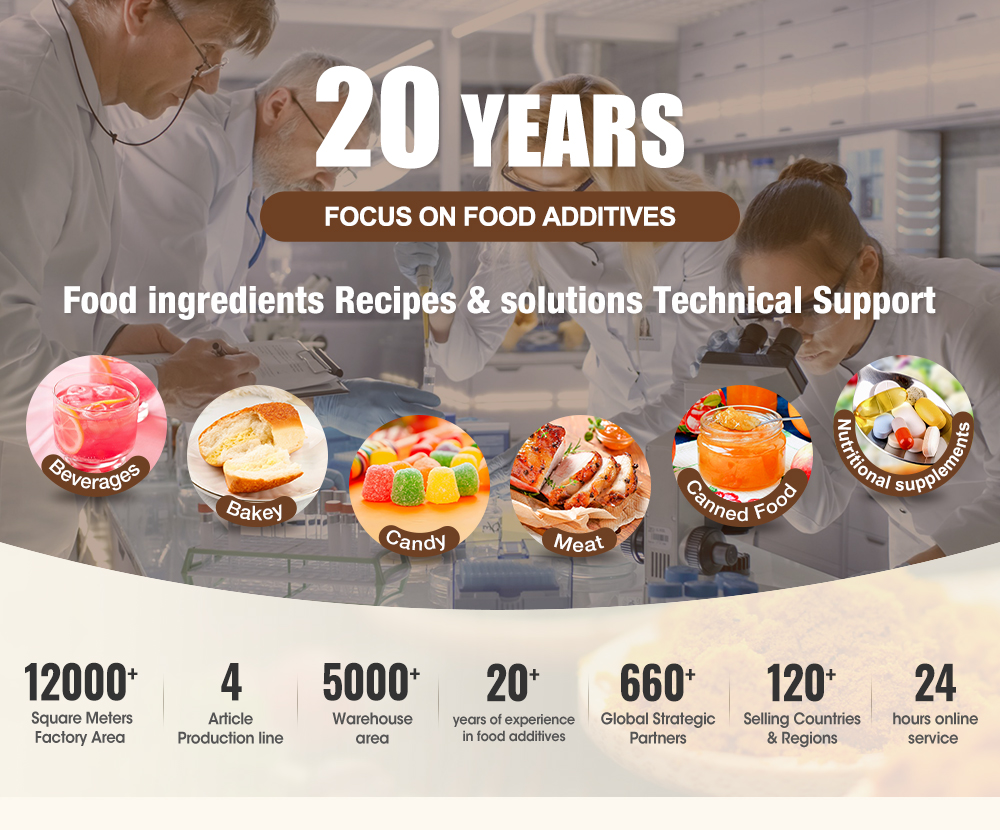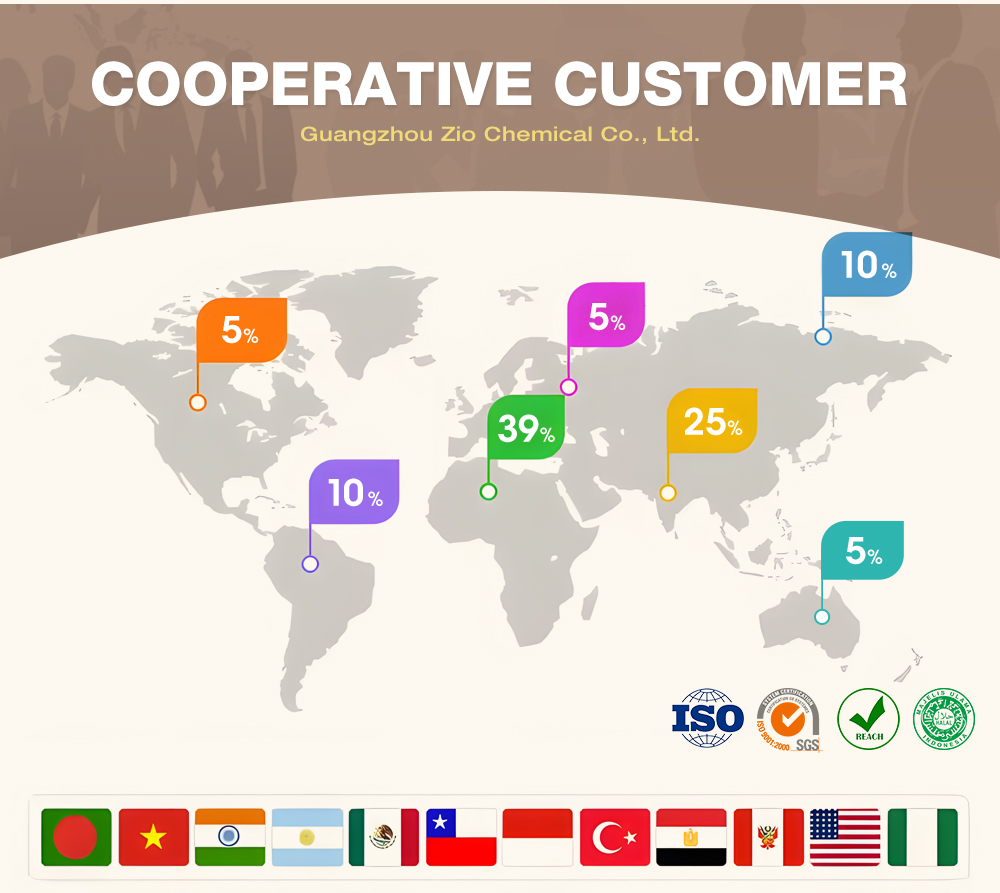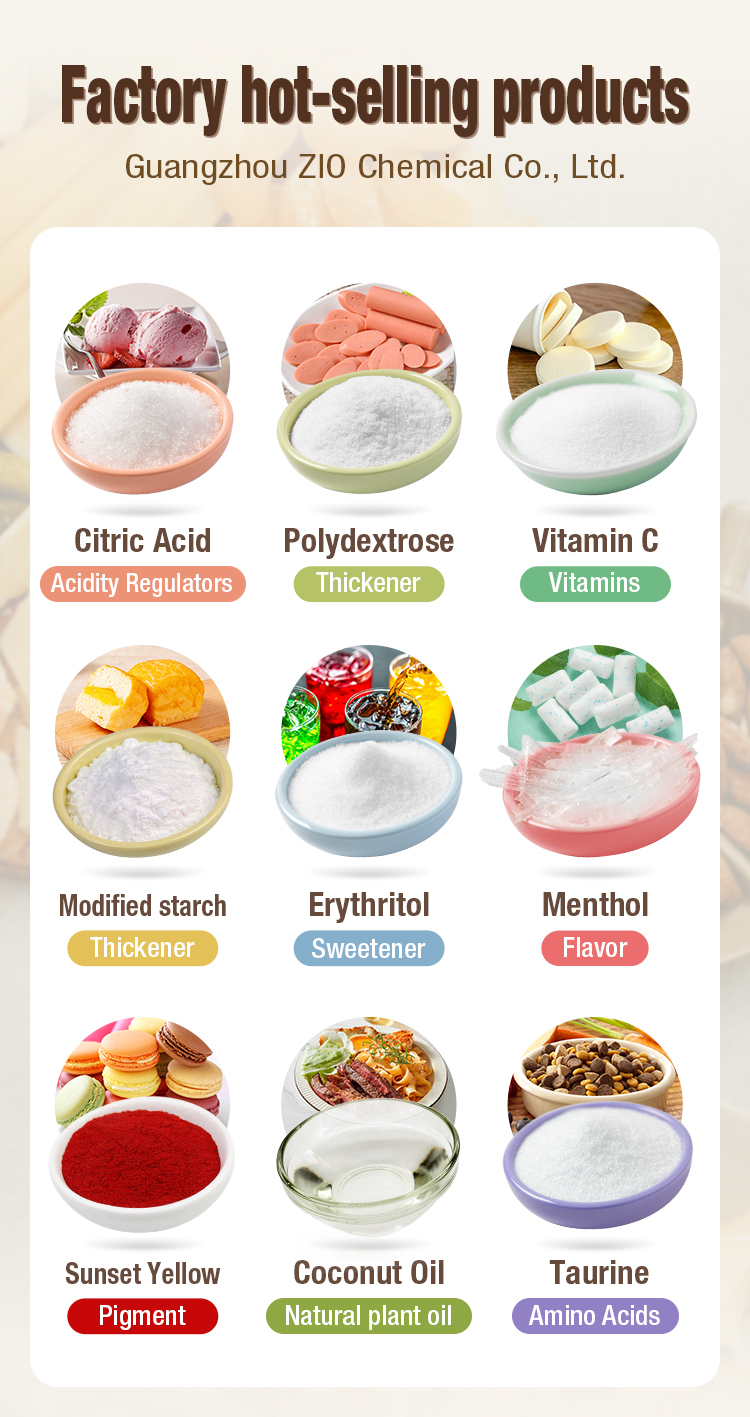Carboxymethyl Cellulose (CMC) (CAS No.: 9004-32-4, E Number: E466) is a water-soluble anionic cellulose ether appearing as a white to off-white powder.
| Availability: | |
|---|---|
| Quantity: | |











Tailored for dairy processing, it features ≥99.0% purity, moisture content ≤ 8.0%, and viscosity 500–2000 cP (1% aqueous solution at 25°C). Compliant with FDA 21 CFR §182.1745, EU Regulation (EC) No. 1333/2008, and China’s GB 1886.232-2021, it is free of heavy metals (lead ≤ 0.5ppm, arsenic ≤ 0.3ppm) and compatible with all dairy proteins including casein and whey.
Dairy Stability Enhancement: Prevents syneresis (whey separation) in yogurt by 90% and maintains uniform texture in processed cheese during 60 days of refrigerated storage (≤6°C) .
Broad pH Compatibility: Retains thickening efficiency across pH 4.0–10.0, ideal for acidic fermented milks (pH 4.0–4.5) and alkaline cream cheeses (pH 6.5–7.0).
Heat & Shear Resistance: Withstands UHT sterilization at 135°C for 4 seconds and high-speed homogenization (3000 RPM) without viscosity loss—critical for dairy production lines .
Cost-Effective Thickening: Requires only 0.1%–0.5% addition to achieve target consistency, reducing raw material costs by 40% compared to carrageenan.
Probiotic Compatibility: Preserves ≥95% viability of Lactobacillus acidophilus in yogurt during 30-day storage, outperforming xanthan gum.
Yogurt & Fermented Milks: Added at 0.2%–0.4% post-fermentation. Eliminates whey separation and improves creamy mouthfeel without masking tangy flavor.
Processed Cheese: Incorporated at 0.3%–0.5% during melting. Enhances spreadability and prevents oiling-off in cream cheese at room temperature.
Dairy Beverages: Used at 0.1%–0.2% in protein shakes and flavored milks. Suspends particles evenly and resists sedimentation for 6 months.
Ice Cream: Mixed at 0.2%–0.3% in formulations. Reduces ice crystal size by 60% and improves scoopability at -18°C.

Q: How does CMC compare to guar gum in dairy products?
A: CMC offers 3x better syneresis control in yogurt and is stable under UHT processing (guar gum degrades above 120°C). It also has no beany aftertaste.
Q: Can it be used in low-fat dairy products?
A: Yes. At 0.4% addition, it restores creaminess in 0% fat yogurt to match full-fat equivalents, as confirmed by texture profile analysis.
Q: What storage conditions preserve CMC’s functionality?
A: Store in sealed bags at 15°C–25°C with relative humidity ≤ 60%. Shelf life extends to 24 months; avoid contact with strong acids to prevent hydrolysis.
Tailored for dairy processing, it features ≥99.0% purity, moisture content ≤ 8.0%, and viscosity 500–2000 cP (1% aqueous solution at 25°C). Compliant with FDA 21 CFR §182.1745, EU Regulation (EC) No. 1333/2008, and China’s GB 1886.232-2021, it is free of heavy metals (lead ≤ 0.5ppm, arsenic ≤ 0.3ppm) and compatible with all dairy proteins including casein and whey.
Dairy Stability Enhancement: Prevents syneresis (whey separation) in yogurt by 90% and maintains uniform texture in processed cheese during 60 days of refrigerated storage (≤6°C) .
Broad pH Compatibility: Retains thickening efficiency across pH 4.0–10.0, ideal for acidic fermented milks (pH 4.0–4.5) and alkaline cream cheeses (pH 6.5–7.0).
Heat & Shear Resistance: Withstands UHT sterilization at 135°C for 4 seconds and high-speed homogenization (3000 RPM) without viscosity loss—critical for dairy production lines .
Cost-Effective Thickening: Requires only 0.1%–0.5% addition to achieve target consistency, reducing raw material costs by 40% compared to carrageenan.
Probiotic Compatibility: Preserves ≥95% viability of Lactobacillus acidophilus in yogurt during 30-day storage, outperforming xanthan gum.
Yogurt & Fermented Milks: Added at 0.2%–0.4% post-fermentation. Eliminates whey separation and improves creamy mouthfeel without masking tangy flavor.
Processed Cheese: Incorporated at 0.3%–0.5% during melting. Enhances spreadability and prevents oiling-off in cream cheese at room temperature.
Dairy Beverages: Used at 0.1%–0.2% in protein shakes and flavored milks. Suspends particles evenly and resists sedimentation for 6 months.
Ice Cream: Mixed at 0.2%–0.3% in formulations. Reduces ice crystal size by 60% and improves scoopability at -18°C.

Q: How does CMC compare to guar gum in dairy products?
A: CMC offers 3x better syneresis control in yogurt and is stable under UHT processing (guar gum degrades above 120°C). It also has no beany aftertaste.
Q: Can it be used in low-fat dairy products?
A: Yes. At 0.4% addition, it restores creaminess in 0% fat yogurt to match full-fat equivalents, as confirmed by texture profile analysis.
Q: What storage conditions preserve CMC’s functionality?
A: Store in sealed bags at 15°C–25°C with relative humidity ≤ 60%. Shelf life extends to 24 months; avoid contact with strong acids to prevent hydrolysis.
Excellent Water Solubility: Easily dissolves in water to form a uniform colloid, ensuring consistent texture and viscosity in food products.
Improves Mouthfeel: Enhances the smoothness and creaminess of foods, providing a more enjoyable eating experience.
Non-Toxic: Complies with food safety standards, making it safe for consumption and suitable for a wide range of products.
Stabilizing Properties: Helps maintain the stability of emulsions, preventing ingredient separation and improving shelf life.
Versatility: Effective in both hot and cold applications, making it suitable for a variety of food formulations, from dressings to frozen desserts.
Cost-Effective: A cost-efficient ingredient that enhances product quality without significantly increasing production costs.
Overall, Sodium Carboxymethyl Cellulose is an essential ingredient in the food industry, contributing to improved texture, stability, and overall consumer satisfaction.












Excellent Water Solubility: Easily dissolves in water to form a uniform colloid, ensuring consistent texture and viscosity in food products.
Improves Mouthfeel: Enhances the smoothness and creaminess of foods, providing a more enjoyable eating experience.
Non-Toxic: Complies with food safety standards, making it safe for consumption and suitable for a wide range of products.
Stabilizing Properties: Helps maintain the stability of emulsions, preventing ingredient separation and improving shelf life.
Versatility: Effective in both hot and cold applications, making it suitable for a variety of food formulations, from dressings to frozen desserts.
Cost-Effective: A cost-efficient ingredient that enhances product quality without significantly increasing production costs.
Overall, Sodium Carboxymethyl Cellulose is an essential ingredient in the food industry, contributing to improved texture, stability, and overall consumer satisfaction.











